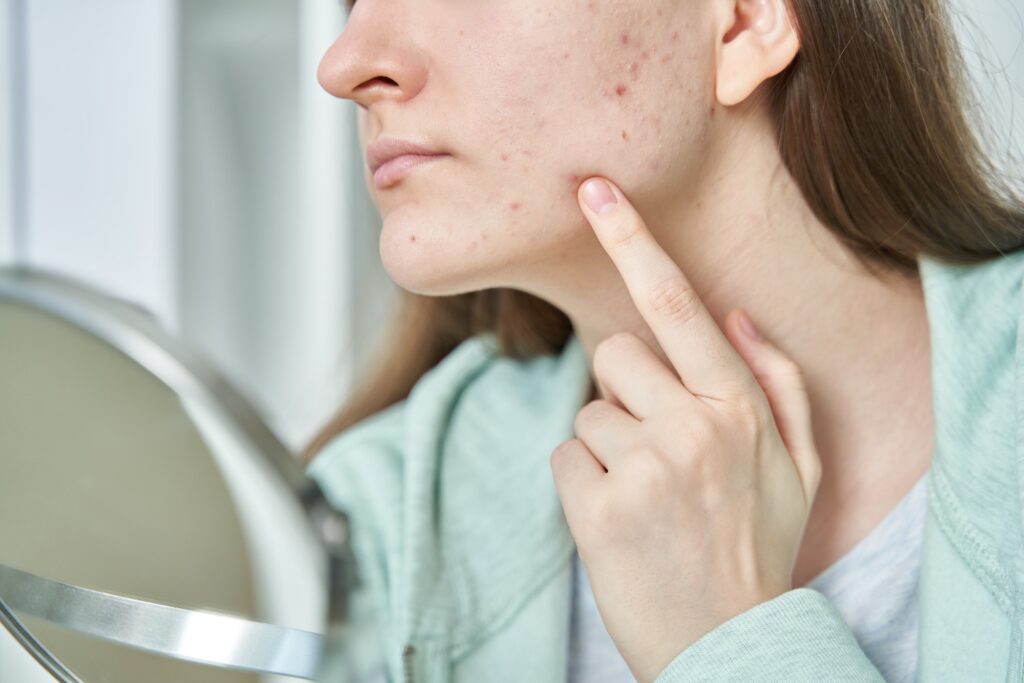Teens with autism
Preparing Your Teen With Autism For Puberty
Preparing for Puberty
Helping your teen with autism understand and anticipate the physical and emotional changes that will occur during puberty is crucial for their overall well-being. Here are some steps you can follow to effectively educate them in a way that’s not scary or overwhelming:

Establish Trust & a Comfortable Environment
Building trust is essential when discussing sensitive topics like puberty. Ensure that your teenager feels safe and comfortable talking to you. Choose a quiet and private space where they can freely express their thoughts and concerns.

Use Clear & Concise Language
Individuals with autism often benefit from clear and direct communication. Use simple, age-appropriate language to explain the concept of puberty and the changes associated with it. Avoid using idioms or figurative language that may confuse them.


Visual Aids & Social Stories
Visual aids such as diagrams, charts, or videos can help your teenager better understand the physical changes that occur during puberty. Additionally, social stories—a narrative approach that uses simple language and visual cues—can be highly effective in preparing individuals with autism for new experiences. Create or find social stories that specifically address puberty and body changes.

Prepare in Advance
Give your teen ample time to process the information before discussing it. Share an overview of what you will be discussing and provide them with written materials or visual aids in advance. This will allow them to review the information at their own pace and come prepared with any questions they may have.


Break Down the Information
Rather than overwhelming them with a barrage of information, break it down into smaller, manageable parts. Focus on one aspect at a time, such as physical changes (e.g., growth spurts, body hair), hygiene practices (e.g., showering, using deodorant), and emotional changes (e.g., mood swings, developing romantic feelings).

Use Visual Schedules or Routines
Individuals with autism often find comfort in routines and visual schedules. Create a visual schedule that outlines the steps involved in maintaining personal hygiene or following a self-care routine. This can serve as a reminder and help them establish healthy habits.


Address Sensory Sensitivities
Individuals with autism may have sensory sensitivities that can impact their experiences with hygiene practices or changes in clothing preferences. Take into account their sensory needs and provide alternatives if certain products or clothing materials are uncomfortable for them. For example, consider introducing unscented toiletries or offering soft, comfortable clothing options.

Encourage Questions & Open Dialogue
Create a safe space for your teenager to ask questions and express their concerns. Be patient and non-judgmental when answering their questions. If they struggle with verbal communication, provide alternative communication methods such as writing, drawing, or using visual aids.

Reinforce Boundaries & Personal Safety
Explain the importance of personal boundaries and consent. Discuss topics such as appropriate touch, privacy, and personal safety. Teach them how to recognize and report any form of abuse or harassment.

Seek Professional Help if Needed
If you or the teenager feel the need for additional support or expertise, consider involving professionals such as therapists, counselors, or autism specialists who have experience in working with individuals on the autism spectrum. They can provide tailored guidance and address specific concerns.
Developing a Positive Self-Image
By educating teenagers with autism on puberty and body changes, we empower them to navigate these transitions with knowledge and confidence, which in turn promotes their overall well-being and helps them develop a positive self-image.
Guide Disclaimer
The information provided in this guide is intended to offer general guidance and support for parents, caregivers, and individuals interested in assisting teenagers with autism in navigating puberty. However, it is important to note that every individual on the autism spectrum is unique, and their experiences and needs may vary. This guide does not replace professional advice or therapy from qualified healthcare providers or experts in the field of autism.


